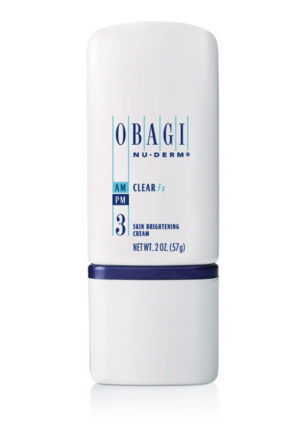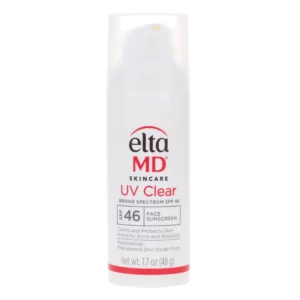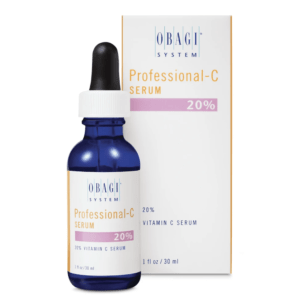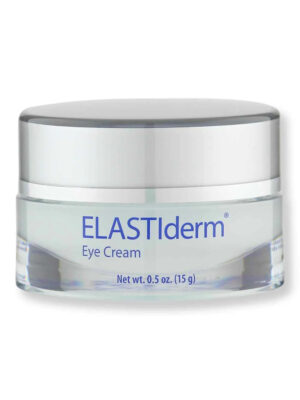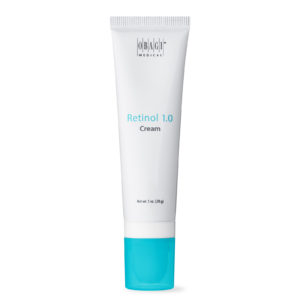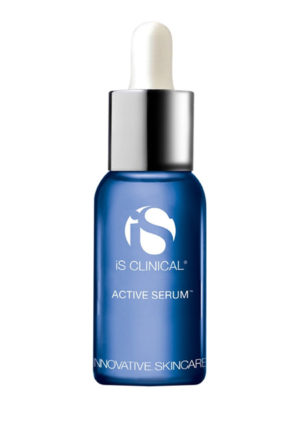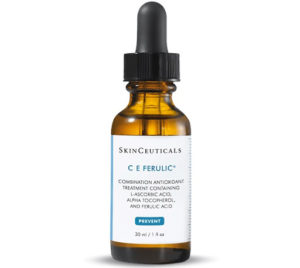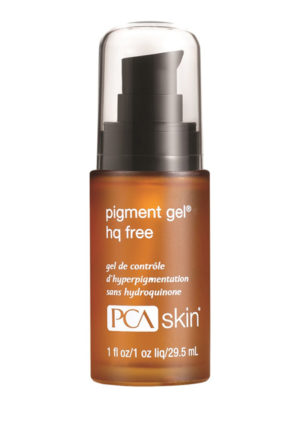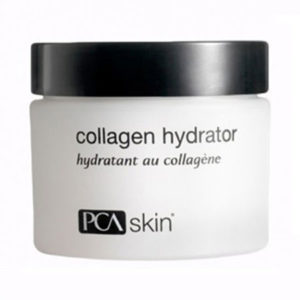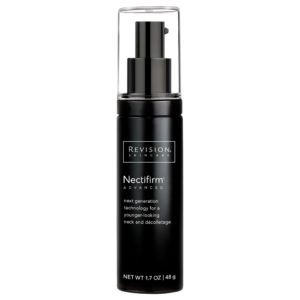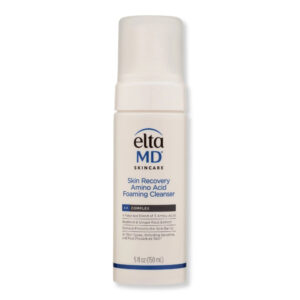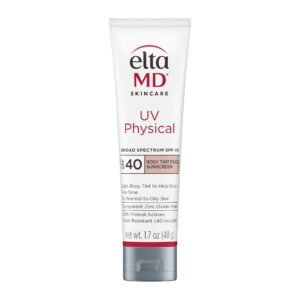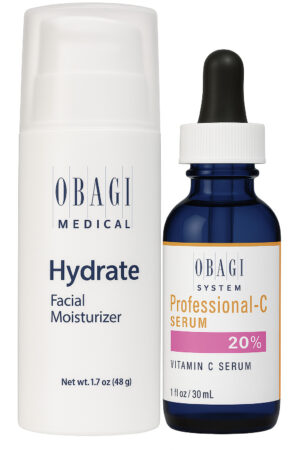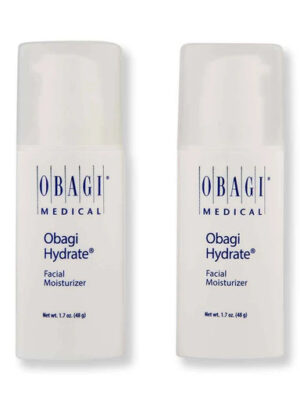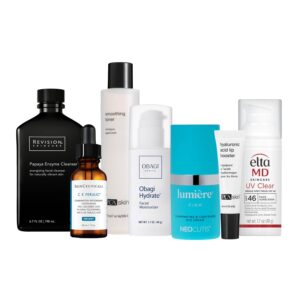Say Good-Bye to Chicken Skin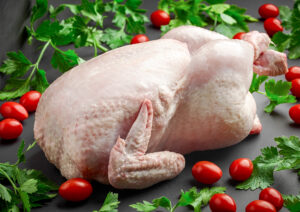 It may not be harmful, but gosh it can be annoying to those who have it. Known as “chicken skin” (also called “strawberry skin”, which seems a bit more appealing to me) because of its goose-bump-like appearance, keratosis pilaris affects as many as 80 percent of teenagers and about 40 percent of adults, but is more common in women regardless. It can be mistaken for acne and is usually found on the arms, legs, and booty. Resulting from an excess production of keratin, a cream-colored protein, medical professionals aren’t sure why some folks get it and others don’t, but it may be hereditary. So what do we do about it? Read the Ingredients List!To treat your chicken skin, look for products with certain ingredients rather than products touting overnight KP banishment spells. A body wash, lotion, or serum with one or more of the following ingredients might just do the trick. There are kits, like the Glytone Retexturize Keratosis Pilaris Kit, which features a body wash and lotion made, in part, with glycolic acid. These work well, but keep in mind, the active ingredient is glycolic acid, which can just as easily be found in a number of other washes, lotions, toners, and serums. Whatever you choose, a kit or a product-by-ingredient, clearing takes time and a little experimentation. You can work with your dermatologist to find the best product with one or some of the following ingredients, but we’ve put together a small collection of products from SkinMedix.
It may not be harmful, but gosh it can be annoying to those who have it. Known as “chicken skin” (also called “strawberry skin”, which seems a bit more appealing to me) because of its goose-bump-like appearance, keratosis pilaris affects as many as 80 percent of teenagers and about 40 percent of adults, but is more common in women regardless. It can be mistaken for acne and is usually found on the arms, legs, and booty. Resulting from an excess production of keratin, a cream-colored protein, medical professionals aren’t sure why some folks get it and others don’t, but it may be hereditary. So what do we do about it? Read the Ingredients List!To treat your chicken skin, look for products with certain ingredients rather than products touting overnight KP banishment spells. A body wash, lotion, or serum with one or more of the following ingredients might just do the trick. There are kits, like the Glytone Retexturize Keratosis Pilaris Kit, which features a body wash and lotion made, in part, with glycolic acid. These work well, but keep in mind, the active ingredient is glycolic acid, which can just as easily be found in a number of other washes, lotions, toners, and serums. Whatever you choose, a kit or a product-by-ingredient, clearing takes time and a little experimentation. You can work with your dermatologist to find the best product with one or some of the following ingredients, but we’ve put together a small collection of products from SkinMedix.
- Alpha hydroxyl acid
- Glycolic acid
- Lactic acid
- A retinoid (adapalene, retinol, tazarotene, tretinoin)
- Salicylic acid
- Urea
For Urea tryPCA Skin Hydrating Serum and Topix Replenix All-Trans-Retinol Smoothing Serum 3X). For Alpha hydroxy acids try NeoStrata Problem Dry Skin Cream and SkinMedica 15% AHA/BHA Face Cream.Jan Marine Multi-Acid Resurfacing Pads are a good source of both glycolic and lactic acid in a convenient to-go pad.
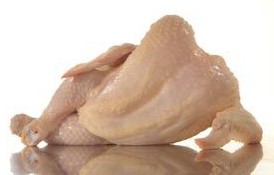 Keratosis pilaris is a common skin condition that usually affects the thighs, upper arms, and buttocks. Since keratosis pilaris also can affect the face, it’s sometimes mistaken for acne.
Keratosis pilaris is a common skin condition that usually affects the thighs, upper arms, and buttocks. Since keratosis pilaris also can affect the face, it’s sometimes mistaken for acne.
